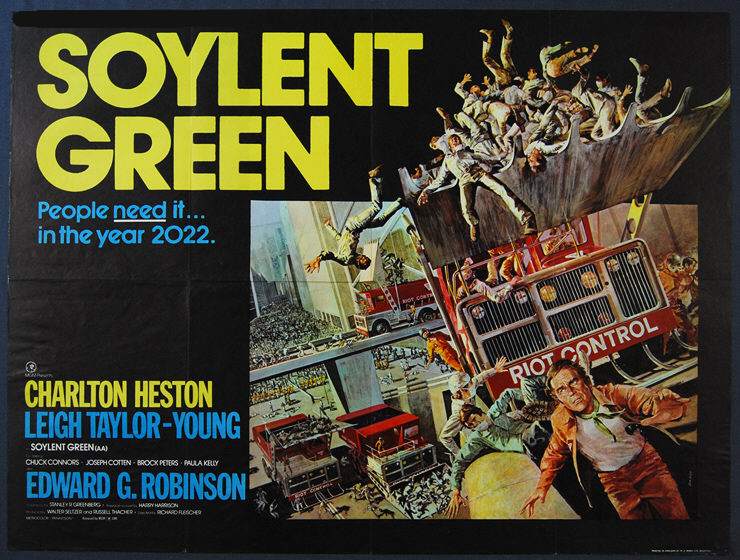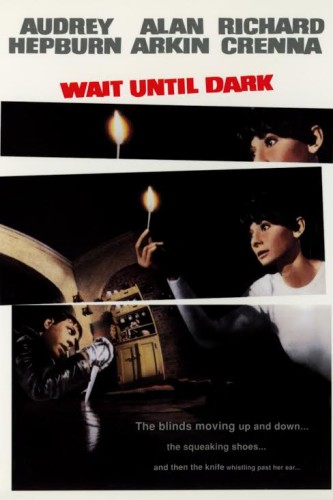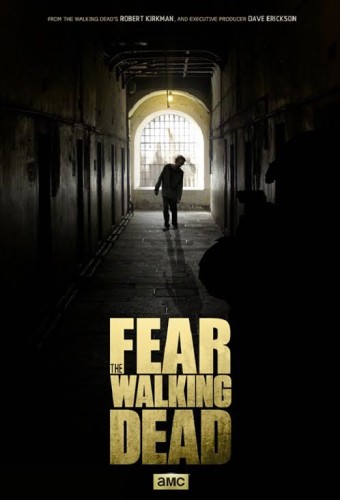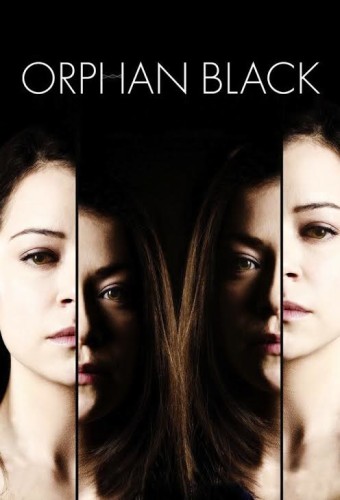This guest post written by Maria Ramos. Spoilers ahead.
One of the most chillingly spooky suspense films released this year, The Witch uses ancient superstitions and fears within a feminist critique that rings as true today as in the pre-Salem time period in which the film is set. The parents in the film utterly fail to protect their children from the wicked witch in the woods, especially the obstinately pious patriarch, while turning the blame on their teenage daughter. Religion warps into destructive superstition as the family tries to root out the cause of their ill fortune.
Though the trouble really starts when the male head of the family (Ralph Ineson) gets them expelled from the safety of town, it isn’t until the youngest child is kidnapped that the family really starts to break down. The fact that this happens while the baby is under the care of big sister Thomasin (Anya Taylor-Joy), immediately turns the spotlight onto her. Her age and intelligence only makes her more of a target. Mothers — and babysitters by extension — are expected to keep children safe, so the disappearance of a child is not only a tragedy in itself, but represents a failure at motherhood. Losing a child paints Thomasin as unfit to mother, in a certain way, and therefore also unfeminine by the mores of the time.
This blame, fear and guilt are heaped upon Thomasin right as she starts to blossom into womanhood, something director Robert Eggers plays upon skillfully. Failing crops, illness, animals who behave strangely, and, worst of all, a missing baby — the parents interpret all of these signs as supernatural and ungodly. Who’s to blame, though? This is a time when society views women, as the descendants of Eve, as inherently sinful at the best of times. The label of suspected witch was quickly earned but hard to shed. Therefore, it is easy to believe when the misfortunes the family faces are placed at Thomasin’s feet. Intelligent and sometimes too quick to speak, she is a natural target.
Nor are we so far past that time today. Young women are still expected to behave and conform to social norms more than young men. In a world where “boys will be boys,” girls who step out of line are often said to be asking for trouble. When a young woman survives rape or assault, her outfit, behavior, and sobriety are questioned far quicker than those of her assailant, due to rape culture. We may not call girls witches today, but there are a long list of other names almost every teen girl has been called at one point or another. This may be why The Witch so strongly resonates. Adolescence is hard at the best of times, whether a girl fears being being called a slut or a witch. If the wardrobe was updated and the religiosity toned down, it would be easy to set it in today’s world. The film, produced by A24 Films and DirecTV, draws clear parallels between the victim-blaming of today and the more extreme version endured by Thomasin.
Not that Thomasin is the only character who shines in the movie. Harvey Scrimshaw plays the second oldest child, Caleb, and excels in his role. He also becomes the catalyst for the accusations of witchcraft. Close to his sister and, as a preteen himself, Caleb is also intrigued by Thomasin’s recent transition away from childhood. When he also disappears, and then returns seemingly raving and possessed, the two youngest children are quick to point the finger at their elder sister, even manufacturing some additional evidence of their own. Scrimshaw dominates this scene and hypnotizes the audience with his performance, one in which the suffering Caleb unwittingly puts the final nail into his sister’s coffin.
Eggers wrote and directed a supernatural horror film set hundreds of years ago, yet the themes translate clearly to today’s society. Though the father causes the family thrown out from the safety of the town, and the parents together failed to keep their children safe once in the wilderness, the blame in the end falls squarely onto Thomasin. A scapegoat was needed and she was both vulnerable and, as a girl, the most expendable. Though the film’s creepiness builds upon the horror the family endures, perhaps what remains the most frightening element is how closely the characters’ behaviors mirror reality.
Maria Ramos is a writer interested in comic books, cycling, and horror films. Her hobbies include cooking, doodling, and finding local shops around the city. She currently lives in Chicago with her two pet turtles, Franklin and Roy. You can follow her on Twitter @MariaRamos1889.























